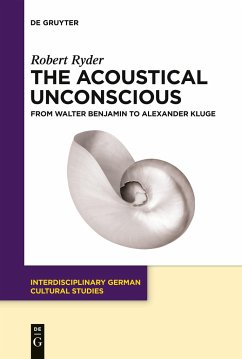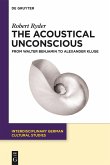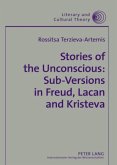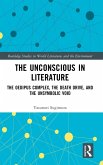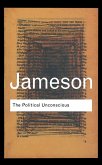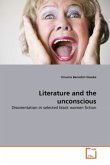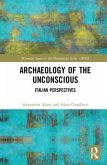Is there an acoustical equivalent to Walter Benjamin's idea of the optical unconscious? In the 1930s, Benjamin was interested in how visual media expand our optical perception: the invention of the camera allowed us to see images and details that we could not consciously perceive before. This study argues that Benjamin was also concerned with how acoustical media allow us to "hear otherwise," that is, to listen to sound structures previously lost to the naked ear. Crucially, they help sensitize us to the discursive sonority of words, which Benjamin was already alluding to in his autobiographical work. In five chapters that range in scope from Tieck's Blonde Eckbert, which Benjamin once called his locus classicus of his theory of forgetting, to Alexander Kluge's films and short texts, where he develops what he calls "sound perspectives," this monograph discusses how the acoustical unconscious enriches our understanding of different media, from the written word to radio and film. As the first book-length study of Benjamin's linguistic, cultural-historical, and media-theoretical reflections on sound, this book will be particularly relevant to students and scholars of both German studies and sound studies.
Bitte wählen Sie Ihr Anliegen aus.
Rechnungen
Retourenschein anfordern
Bestellstatus
Storno

